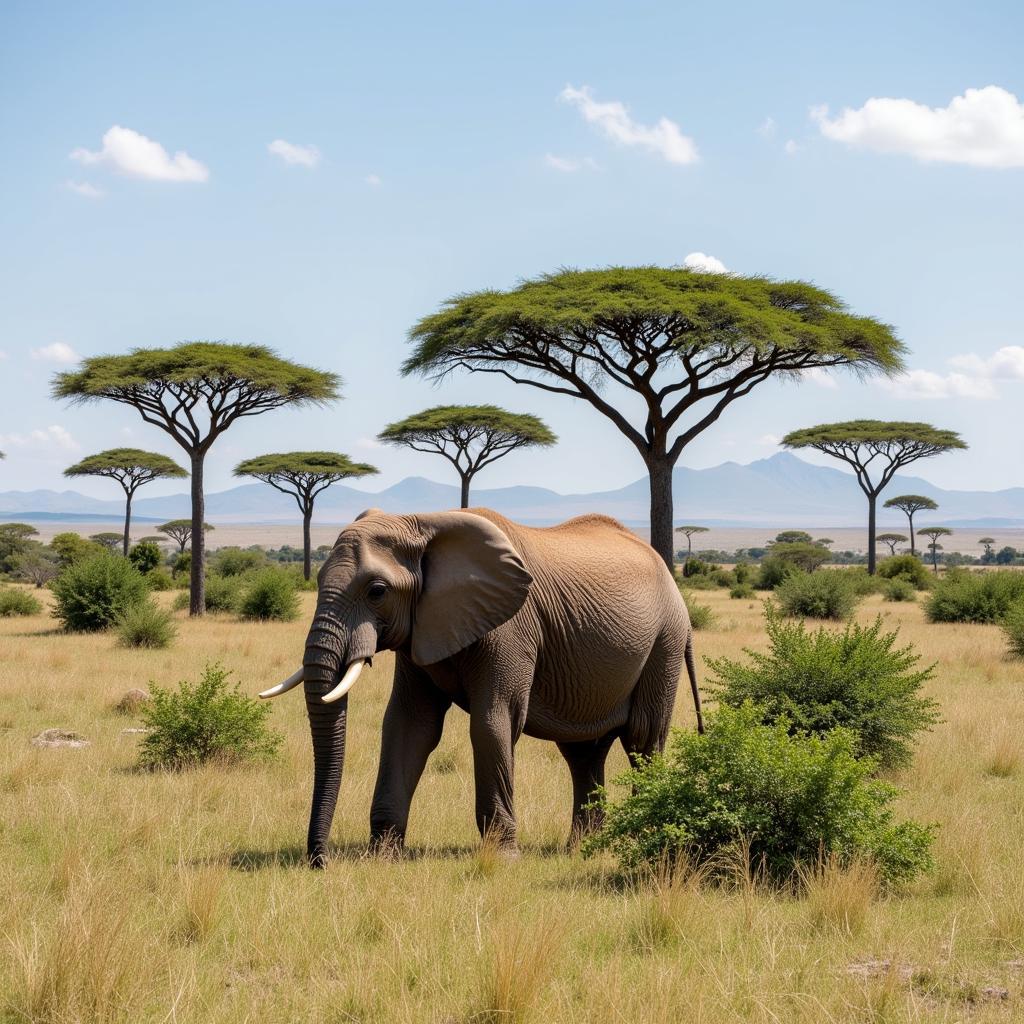African Desert Animals: A Thriving World of Wild Life
The African desert is an unforgiving environment, with extreme temperatures, scarce water, and harsh conditions. But despite these challenges, it is home to a surprisingly diverse range of animals, each with unique adaptations for survival. These creatures have evolved remarkable strategies to thrive in this challenging ecosystem, captivating nature enthusiasts and scientists alike. Let’s dive into the fascinating world of African desert animals, exploring their adaptations, behaviors, and the importance of protecting their unique habitat.
The Harsh Beauty of the African Desert
The African desert is not a homogenous entity, but rather a vast landscape composed of different sub-regions, each with its unique characteristics. The Sahara, the largest hot desert in the world, stretches across Northern Africa, while the Namib Desert on the southwestern coast is known for its towering sand dunes and fog-dependent ecosystem. These deserts are characterized by extreme temperatures, with scorching days and chilly nights, and sparse vegetation. Water is scarce, and the environment is generally dry, posing significant challenges to any living organism.
Survival Strategies: Mastering the Desert
Animals that call the African desert home have evolved ingenious strategies to cope with these harsh conditions. Here are some examples:
Water Conservation:
- Nocturnal Behavior: Many desert animals are nocturnal, emerging at night when the temperatures are cooler and the risk of dehydration is lower.
- Efficient Water Use: Some desert animals, like the Fennec fox, have adapted to extract water from the food they eat, reducing their reliance on external water sources.
- Conserving Body Water: The camel, renowned for its ability to endure long periods without water, can store large quantities of water in its hump and its body tissues, allowing it to go without drinking for extended periods.
Thermal Regulation:
- Light Coloring: Many desert animals have light-colored fur or skin, which reflects sunlight and helps regulate their body temperature. The fennec fox, with its pale fur and large ears, is a prime example.
- Burrowing: Burrowing animals, like the aardvark, seek refuge from the heat underground, where temperatures are more stable.
Hunting Strategies:
- Ambush Predators: Predators like the sand viper use camouflage and patience to ambush their prey, conserving energy and minimizing risk.
- Scavenging: Carrion eaters, such as the desert eagle, play a vital role in the ecosystem by consuming dead animals, contributing to nutrient cycling.
A Symphony of Diversity: Exploring African Desert Animals
The African desert is home to a remarkable array of animals, each with its own story of adaptation and resilience. Here are some of the most fascinating creatures that inhabit this challenging environment:
1. The Fennec Fox: Master of the Sand
This small, adorable fox is renowned for its large, pointed ears, which help dissipate heat and aid in hearing prey movements. The Fennec fox is primarily nocturnal, spending the day in its burrow and emerging at night to hunt for insects, rodents, and small reptiles.
2. The African Wild Dog: A Pack Hunter
These highly social canids are known for their exceptional stamina and cooperative hunting strategies. They can chase prey for miles, using teamwork to tire out their quarry. African wild dogs play a crucial role in regulating populations of ungulates, such as zebras and wildebeest.
3. The Desert Eagle: A Symbol of Endurance
This majestic bird of prey is perfectly adapted for the harsh conditions of the desert. Its sharp talons and hooked beak allow it to hunt a variety of prey, while its large wingspan enables it to soar high above the desert landscape. Desert eagles can go long periods without water, relying on the moisture they extract from their prey.
4. The Dorcas Gazelle: A Sprinter of the Sands
This elegant gazelle is known for its exceptional speed, capable of reaching speeds of up to 60 kilometers per hour. Its long, slender legs and powerful muscles allow it to outrun predators, while its keen eyesight helps it spot threats from afar. Dorcas gazelles are highly adapted to arid environments, using their large ears to dissipate heat and their hooves to navigate the shifting sands.
5. The Jerboa: A Leaping Masterpiece
This small rodent is instantly recognizable by its long hind legs and short, stout forelegs, making it a master of jumping. Jerboas use their large ears to detect predators, and their powerful tails for balance and steering. They are primarily nocturnal, emerging at night to hunt for seeds, insects, and other small creatures.
The Importance of Conservation
The African desert is facing a variety of threats, including climate change, habitat loss, and poaching. Conservation efforts are crucial to protecting the unique biodiversity of this fragile ecosystem.
“We must ensure that future generations have the opportunity to experience the wonders of the African desert and its incredible wildlife,” says Dr. Amina Hussein, a renowned wildlife researcher and conservationist. “This requires not only protecting their habitats, but also understanding and addressing the threats they face.”
Conclusion
The African desert is a harsh yet beautiful environment, home to a remarkable array of animals that have evolved extraordinary adaptations to survive in this challenging landscape. From the desert eagle soaring through the sky to the Fennec fox hunting at night, each creature plays a vital role in this delicate ecosystem. As we learn more about these animals and the challenges they face, we can work together to ensure their continued survival and appreciate the unique beauty of the African desert.



